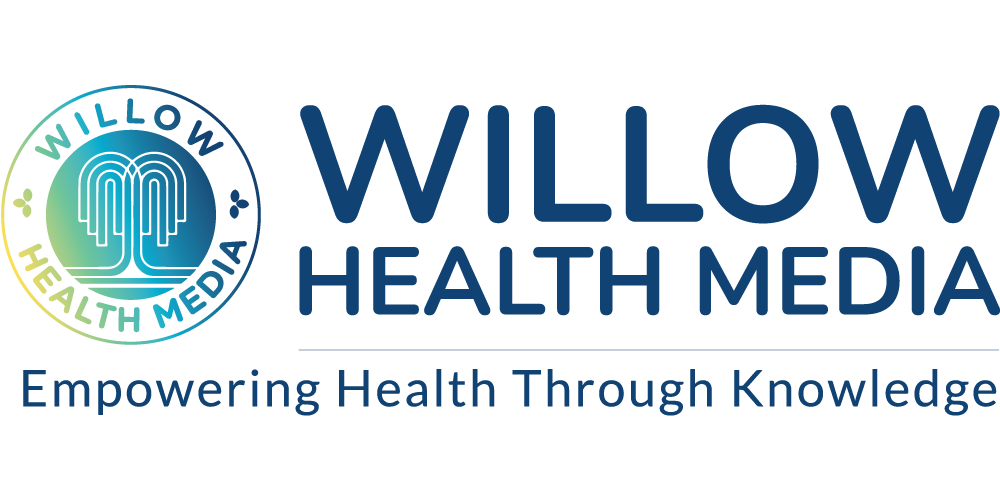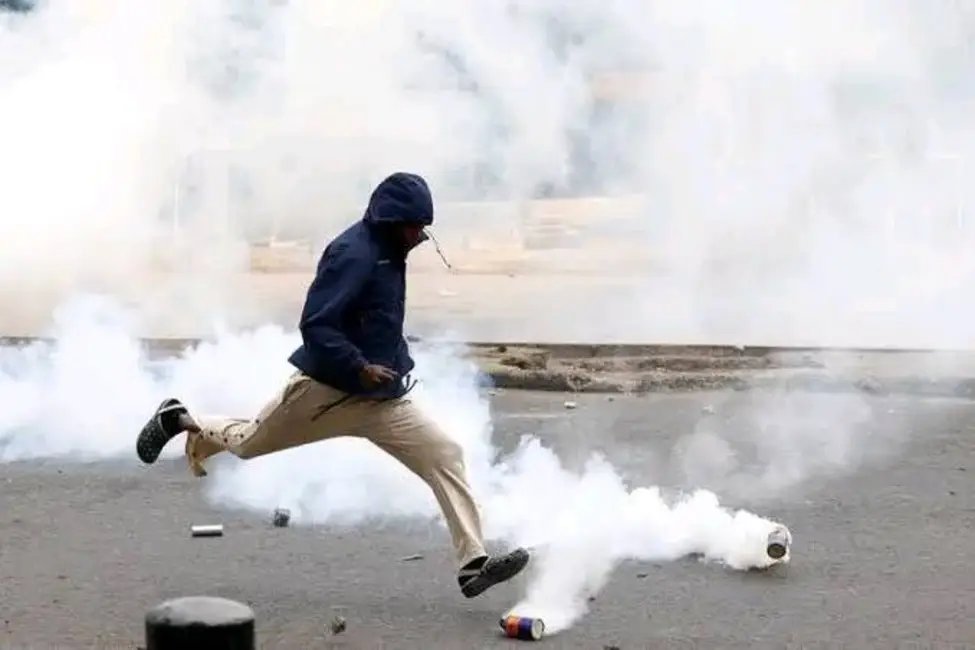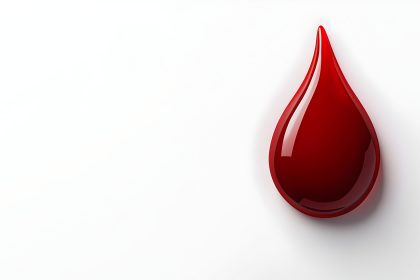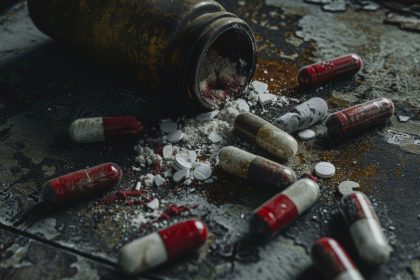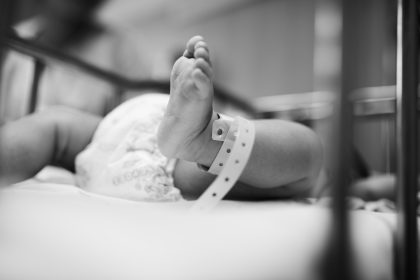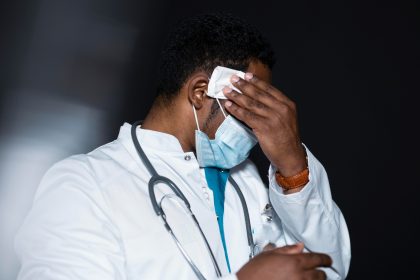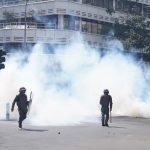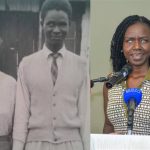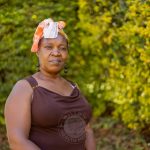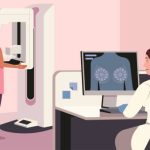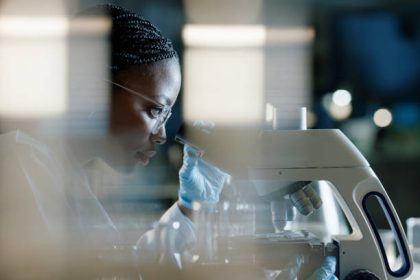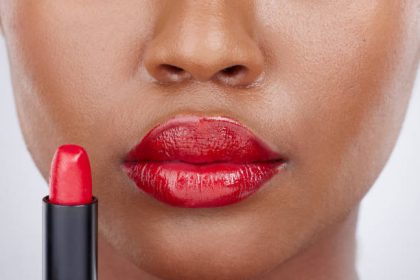Lives are lost in everyday emergencies that basic skills could prevent—a bleeding crash victim, a grandma with chest pain in the market, a child seizing in church, a diabetic fainting in a matatu, or a diner choking in a restaurant.
Nairobi’s streets erupted in chaos on June 17, 2025. Protests over blogger Albert Ojwang’s death in police custody turned violent – tear gas choked the air, gunfire cracked through chants, and sirens drowned out voices demanding justice. In the smoke-filled confusion, one truth became clear: when protests turn deadly, basic first aid skills become as vital as the right to demonstrate.
At that moment, 26-year-old Boniface Kariuki, a young entrepreneur selling masks to protesters, became a victim. A police officer’s bullet tore through him at close range. Onlookers gasped, convinced another life had been claimed by police brutality. But one person saw possibility where others saw despair; they pressed their hands firmly against his wound and tied a scarf around his head as a tourniquet, slowing the bleeding and buying him time.
That single act kept Kariuki alive until he reached the hospital. He spent days in intensive care at Kenyatta National Hospital before he was declared brain dead and later succumbed to his injuries.
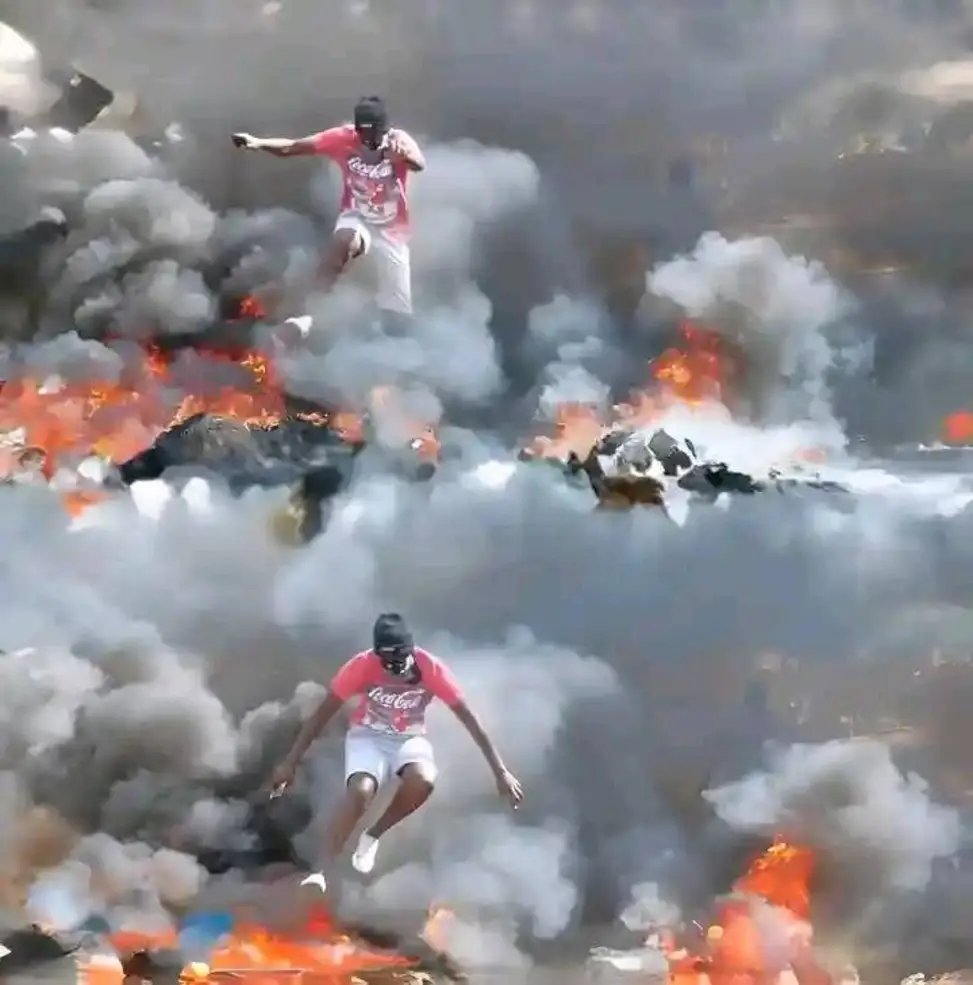
Kenya’s protests regularly see serious injuries from police tactics. Recent demonstrations left 400 people injured, while watchdogs report “excessive use of force, including rubber bullets, live ammunition and water cannons. Injuries range from gunshot wounds, head cuts, whip lashes, blunt trauma and asthma attacks from inhaling teargas. Yet in these chaotic moments, basic first aid skills can mean the difference between life and death.
Kariuki’s story is more than a headline—it’s a wake-up call for Kenya. Every day, lives are lost to emergencies that could be prevented with basic skills: a motorist bleeding out in a car crash, a grandmother clutching her chest in a market, a child seizing in church, a diabetic collapsing in a matatu, or a diner gasping through an allergic reaction.
These aren’t just tragedies—they’re opportunities for ordinary Kenyans to step in and save lives. The solution is within reach: train the public in basic lifesaving skills.
Picture Odhis, a boda rider, weaving through traffic on a rain-slicked road. A speeding matatu clips his bike, sending him crashing to the ground, his leg gashed open, blood pooling fast. Passersby gather, worried, but no one knows how to stop the bleeding.
The 2022 Road Safety Report recorded 4,634 deaths from road traffic accidents, with an estimated 60–70 per cent (roughly 2,800 to 3,300) happening before victims reach a hospital. The World Health Organization notes that 90 per cent of accidents occur in low- and middle-income countries, with road traffic injuries being the leading cause of death in children and young adults aged five to 29.
Now imagine Mama Vero, a vendor in a market, clutching her chest as her heart falters. Shoppers panic, shouting for help, but no one knows about CPR.
Cardiovascular diseases cause 13 per cent of Kenya’s deaths. Globally, only 8.8 per cent of out-of-hospital cardiac arrest victims survive to hospital discharge. Survival improves dramatically when bystanders witness the arrest and provide CPR.
Meanwhile, in a church where worshippers gather for Sunday service, young Wanjiku collapses mid-hymn, her body shaking from a seizure. Congregants pray, but no one moves her to safety or times the episode. Hospital deaths from acute seizures range from three to six per cent, with prolonged seizures leading to poor outcomes and even death. Pre-hospital losses are likely higher when bystanders don’t know how to act.
Then there’s Peter, a diabetic in a matatu, his blood sugar plummeting as he slumps against the window. Passengers stare, unsure how to help. Others think he’s drunk. With diabetes prevalence in Kenya at 3.1 per cent and rising, emergencies like diabetic ketoacidosis are deadly without swift action. Countries worldwide prove that training ordinary people saves lives:
United Kingdom: The UK teaches CPR in secondary schools. The British Heart Foundation reports this has increased bystander CPR rates to 70 per cent during cardiac emergencies, with survival rates doubling to one in four victims.
United States: The American Heart Association reports 40 per cent of cardiac arrest victims now receive bystander CPR. This early intervention triples survival chances compared to waiting for medics.
Norway: Drivers can’t get licensed without first aid training. The 2017 Nationwide Survey shows 90 per cent of Norwegians now have emergency response skills.
Rwanda: Rwanda’s SAMU ambulance service created a network of community first responders. These trained locals bridge the deadly gap between emergencies and ambulance arrival.
South Africa: St. John Ambulance runs targeted programs on CPR and bleeding control. Their First Aid Level 1 course specifically reduces preventable road deaths.
These models prove one truth: citizens trained in basic emergency response save lives daily.
In Kenya, the weight of emergencies falls on ordinary people, but too few are equipped to carry it. A 2024 research on the severity of road accidents by William M Macharia, Department of Paediatrics and Child Health, Aga Khan University Hospital, reveals a stark truth: only 16 per cent of road crash victims get first aid at the scene, and 76.5 per cent are rushed to hospitals by untrained bystanders or private cars, while only 1.4 per cent are taken by ambulance.
The WHO recommends one ambulance for every 50,000 people. However, limited information exists on Kenya’s ambulance numbers and distribution, affecting budgetary allocation and emergency response plans. This leaves victims reliant on the kindness—and often inexperience—of strangers.
Despite efforts to improve emergency response, communities remain unprepared. Many Kenyans lack basic first aid knowledge and training. Few community programs exist to build these skills, and while local resources are available, people don’t know how to use them effectively.
Here are practical steps for Kenya to scale up lifesaving training:
Expand Training Access: Fund organizations like Kenya Red Cross and St. John’s Ambulance to offer free or low-cost courses, especially in rural areas. Use mobile training units to reach remote villages. Partner with private companies to subsidize costs for low-income Kenyans.
Integrate into Education: Make first aid and CPR mandatory in secondary schools—every graduate should know how to save a life. Require teachers to get certified so they can handle classroom emergencies like seizures or allergic reactions.
Use Community Networks: Work with churches, mosques, youth groups, and women’s associations for training workshops. Let community leaders champion the cause. Host “Lifesaving Days” in markets and community centers with free demonstrations.
Policy and Infrastructure: Require first aid training for high-risk jobs: matatu drivers, boda riders, security guards, and hospitality workers. Place first aid kits and defibrillators in public spaces like markets, schools, and bus stations.
Raise Awareness: Launch a national campaign on TV, radio, and social media. Partner with influencers, musicians, and comedians to make first aid training a cultural movement.
Learn from African Models: Adopt Rwanda’s community first responder approach—train volunteers in every county to act before ambulances arrive. Scale South Africa’s training programs to fit Kenya’s urban and rural needs, using mobile apps for ongoing learning.
These steps build on Kenya’s existing strengths to create a nation of lifesavers.
Boniface Kariuki’s story is Kenya’s story. As he lay on that Nairobi street, one person’s hands became his salvation. Kenya loses thousands yearly to preventable emergencies. But these aren’t just numbers—they’re mothers, fathers, daughters and sons like Kariuki.
Imagine a Kenya where matatu drivers restart hearts, teachers save students, and neighbours become heroes. Where every crisis meets courage, and every life gets a chance.
Dr Nyandia Maina is a medical doctor, photo-essayist and a creative non-fiction writer.
